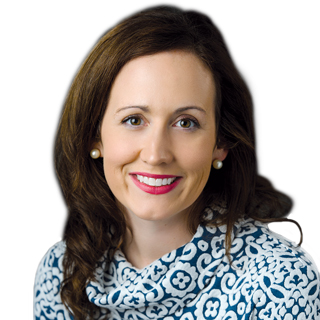
Don’t panic if you get dirty.
Wash your hands but do not obsess, clean your space, a little germ is good for you.
No need for antibiotics here, just fight it off.
I am that Mom. Or I was that Mom.
Now my household smells like the inside of a swimming pool. Literally, only Clorox will do. Walls, floors, bathrooms, kitchen, even in the laundry. Everyone here has some piece of clothing that has suffered with the proof shown in spot, discoloration and fading.
Worse, when I read my children’s return to school safely plan my response was, “What are they using to clean. Hopefully they are not trying to save the Earth on this one”
How did I become so nutty? Should we have seen limitations in our ability to control infection and disease resulting in this pandemic wave coming our way?
In skilled nursing, perhaps. This is not a new conversation.
Analysis of the Q4 2019 data on acute admissions and readmissions available in the CMS Research Data Assistance Center (ResDAC), for example, is particularly telling.
Let us review the “top 10” reasons for acute-care admissions across the nation in Q4 2019.
Notably, many of the above diagnostic categories have potential risks associated with infection including sepsis, esophagitis, pneumonia, and kidney and urinary tract infection.
We can all agree that infection prevention is no longer just a requirement that we all realized as part of the Requirements of Participation (ROP). It is a necessity and one which we as therapy and nursing teams must fully appreciate to protect our patients before, during and after care.
Rehab, and the process of increasing and or maintaining function, is a hands-on process and one that even with the highest level of PPE now requires an additional level of understanding in infection control and prevention.
How can therapy and nursing teams increase their knowledge and understanding of best practices?
Start in a logical place, the Center for Disease Control and Prevention and the coursework it began offering in February of 2019 in collaboration with the Center for Medicare and Medicaid Services.
I, along with my colleagues, regional teams, and our facility leaders, started the modules this week. We are learning much about infection prevention thanks to the CDC’s 23-module Nursing Home Infection Preventionist Training Course.
And while all who take this coursework may not have an objective of serving as a community-delegated infection preventionist, we can all learn from the program description and learning objectives as outlined below.
Program description: This course will provide infection prevention and control (IPC) training for individuals responsible for IPC programs in nursing homes so they can effectively implement their programs and ensure adherence to recommended practices by front-line staff.
The course will include information about the core activities of an effective IPC program, with a detailed explanation of recommended IPC practices to prevent pathogen transmission and reduce healthcare-associated infections and antibiotic resistance in nursing homes. Additionally, this course will provide helpful implementation resources (e.g., training tools, checklists, signs, and policy and procedure templates).
Learning objectives:
At the conclusion of the session, the participant will be able to:
- Identify the ways pathogens spread in nursing homes.
- List risk factors among nursing home residents that contribute to the development of healthcare-associated infections and antibiotic resistance.
- Identify recommended infection prevention and control (IPC) practices for the detection, prevention and control of pathogen transmission in nursing homes.
- Identify strategies for implementing the core activities of the IPC program.
- Describe how the infection preventionist (IP) works with nursing home staff and key partners (e.g., QAA committee, health departments, consultants) to implement IPC practices.
I must say the coursework, interactive learning, integration of pre-testing, post-testing, and competency checks within modules are fantastic. The segments will force you to consider and challenge ideals in areas of policy development, QAPI and survey readiness, in addition to principles associated with disease transmission and standardization of infection control metrics.
KUDOS to those involved in development here.
In closing, are the good old days of good germs gone? In the SNF world and Kinder household for now, I would say yes.
Back to learning for me! Next up: Module 11B – Environmental Cleaning and Disinfection!
Renee Kinder, MS, CCC-SLP, RAC-CT, is Vice President of Clinical Services for Broad River Rehab and a 2019 APEX Award of Excellence winner in the Writing–Regular Departments & Columns category. Additionally, she serves as Gerontology Professional Development Manager for the American Speech Language Hearing Association’s (ASHA) gerontology special interest group, is a member of the University of Kentucky College of Medicine community faculty, and is an advisor to the American Medical Association’s Relative Value Update Committee (RUC) Health Care Professionals Advisory Committee (HCPAC).





